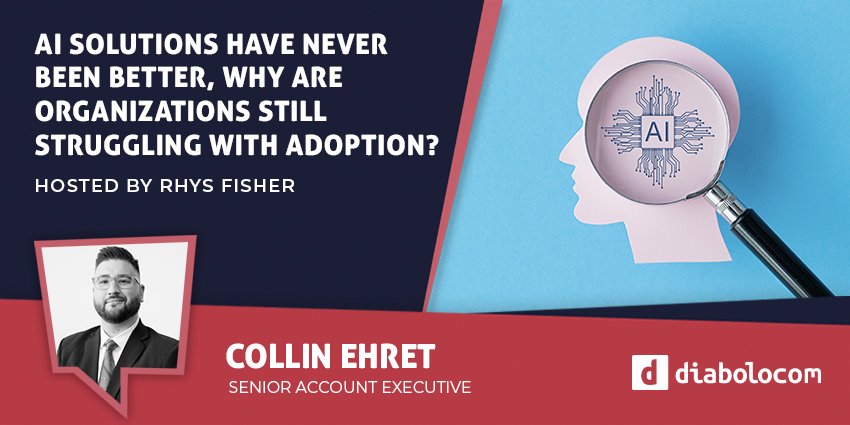Business continuity is not a new concept. Yet, it’s often only when a contact center experiences a problem that it rises to the top of the agenda.
In on-premise environments, server faults are perhaps the primary driver of such issues.
Yet, cloud contact centers are not immune. As Peter Broeckx, Contact Center Sales Director EMEA at AudioCodes, recently told CX Today:
“Various factors, such as application failures, cloud provider outages (e.g., AWS, Azure, and Google), or internet provider problems, can contribute to challenges in cloud environments.”
A failure to recognize and plan for such incidents can lead to widespread panic when they occur.
Indeed, Broeckx told the story of a contact center that experienced several hours of cloud downtime. This meant agents were unable to take calls, resulting in zero productivity and loss of revenue despite agents still being paid. From the customers’ perspective, they had no means contacting the business in the event of a critical issue.
Now a customer of AudioCodes, that business soon after created a disaster recovery plan, identifying prospective issues and devising strategies to mitigate them.
While that included various other scenarios – including strikes, extreme weather conditions, and public transport disruptions – IT system failures were high on the list.
Planning for the Worst
First, most operations set up a disaster recovery team to determine potential points of contact center failure and take ownership of the recovery process.
After forming the team, consider the critical dependencies of each contact center process.
Then, conduct risk and impact assessments for various disaster scenarios, considering the processes they impact and those all-important dependencies.
With this, businesses can build an action plan for handling issues when they arise and estimate recovery times.
In doing so, they may also create standard operating procedures (SOPs) to assess the threat level, ensure team protection, and notify customers and employees.
Moreover, they can consider moving to a backup site, transferring workloads and critical processes to other locations, and initiating telephony changes.
These considerations are critical to mull over, as contact centers mustn’t expect their vendors to have a magic wand up their sleeve.
As Broeckx noted:
“Assumptions about vendors having solutions in place can lead to surprises when issues occur.”
To avoid such surprises, document a procedure for each disaster – which includes those all-important SOPs – and run mock disaster scenarios to stay fully prepared.
While documenting this, involve tech vendors and ask different questions for each disaster. After all, a scenario where the contact center goes offline differs significantly from one that involves significant staff shortages, for example.
AudioCodes: Running Business Continuity Workshops with Its Customers
“We conduct workshops to help customers understand potential challenging scenarios, consider what they look like, and avoid downtime,” says Broeckx.
Indeed, AudioCodes stresses to its customers that business continuity plans must be comprehensive, and works with them to identify various types of disasters, their impacts, and recovery processes.
By doing so, those customers can ensure their on-premise, cloud, and hybrid contact center environments are ready for the next colossal challenge thrust upon them.
To find out more about AudioCodes and its contact center philosophy, visit AudioCodes.
Alternatively, to hear more from Broeckx on business continuity and other hot contact center topics, check out our video: Contact Center Trends for 2024: What’s Hot and What’s Not?







